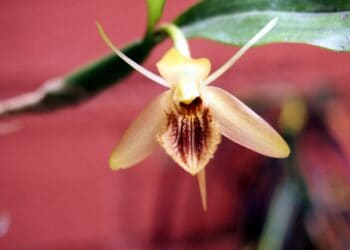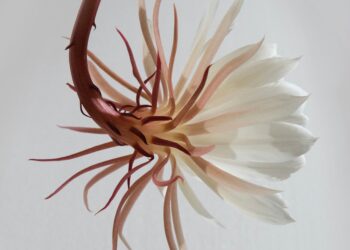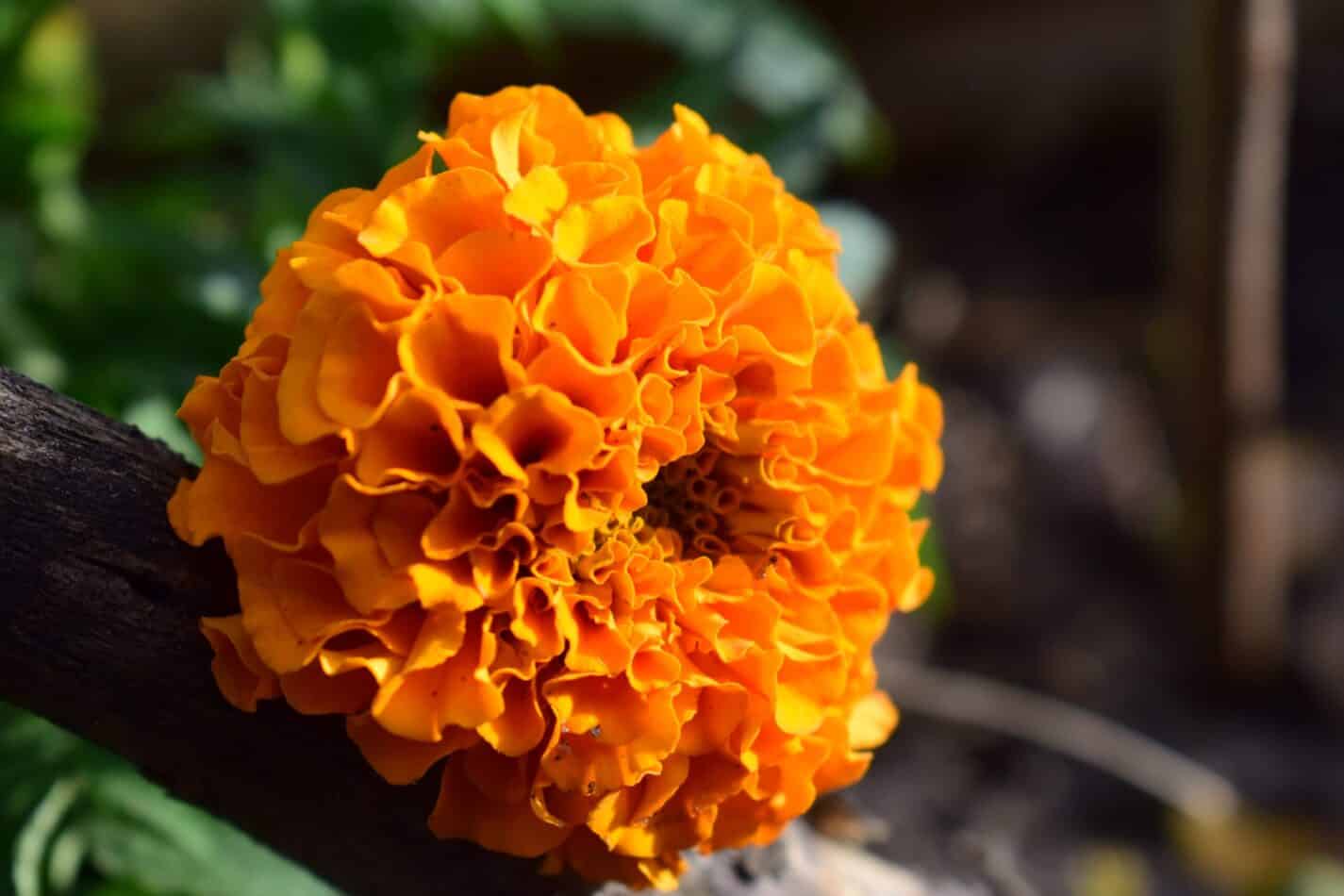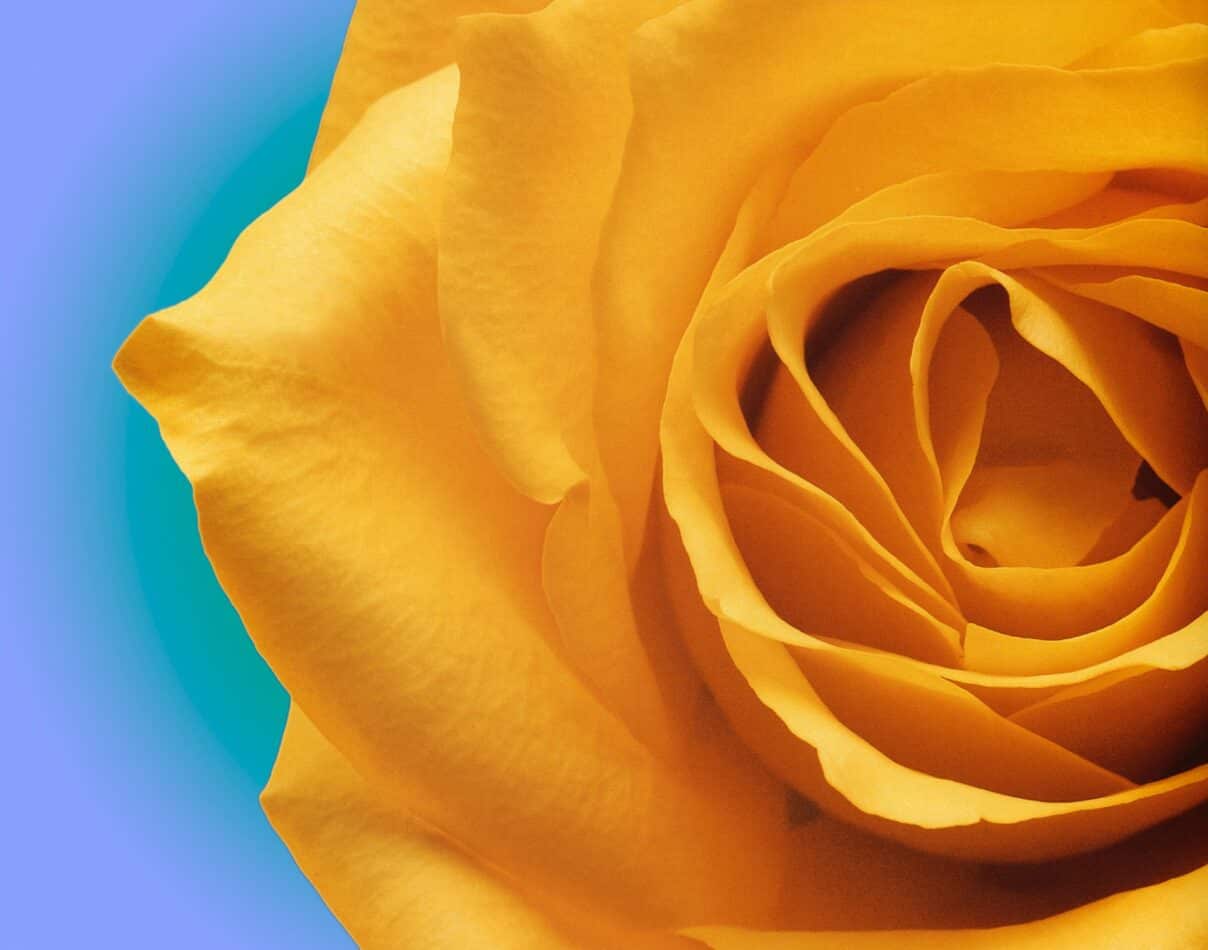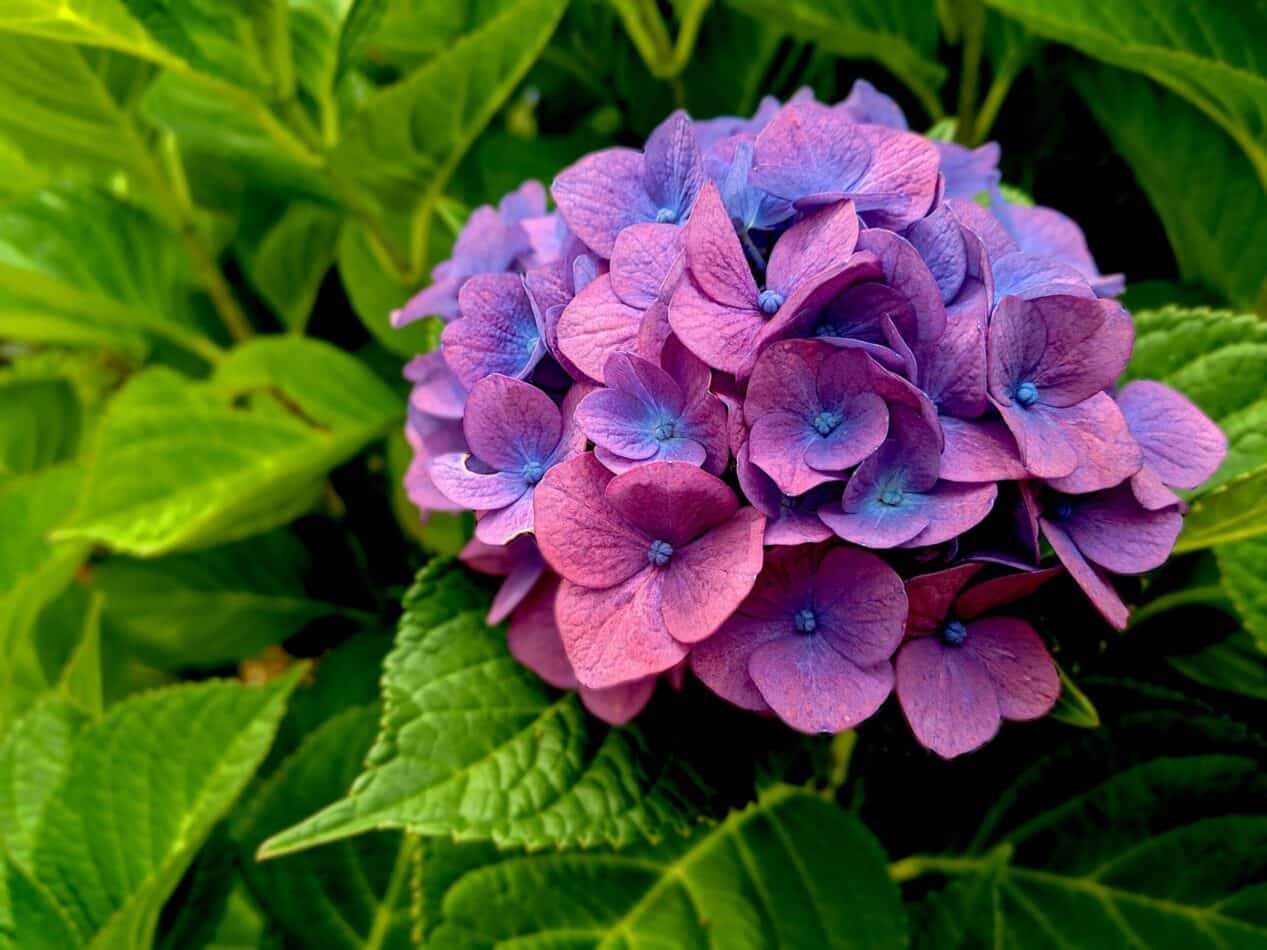In the vibrant realm of flowers, the Aster stands as a captivating star that illuminates gardens and floral arrangements alike. With its delicate petals and mesmerizing colors, this perennial beauty holds a special place in the hearts of flower enthusiasts. Let us delve deeper into the enchanting world of Aster flowers, exploring their growth and care, etymology, meaning and symbolism, as well as their intriguing history and mythology.
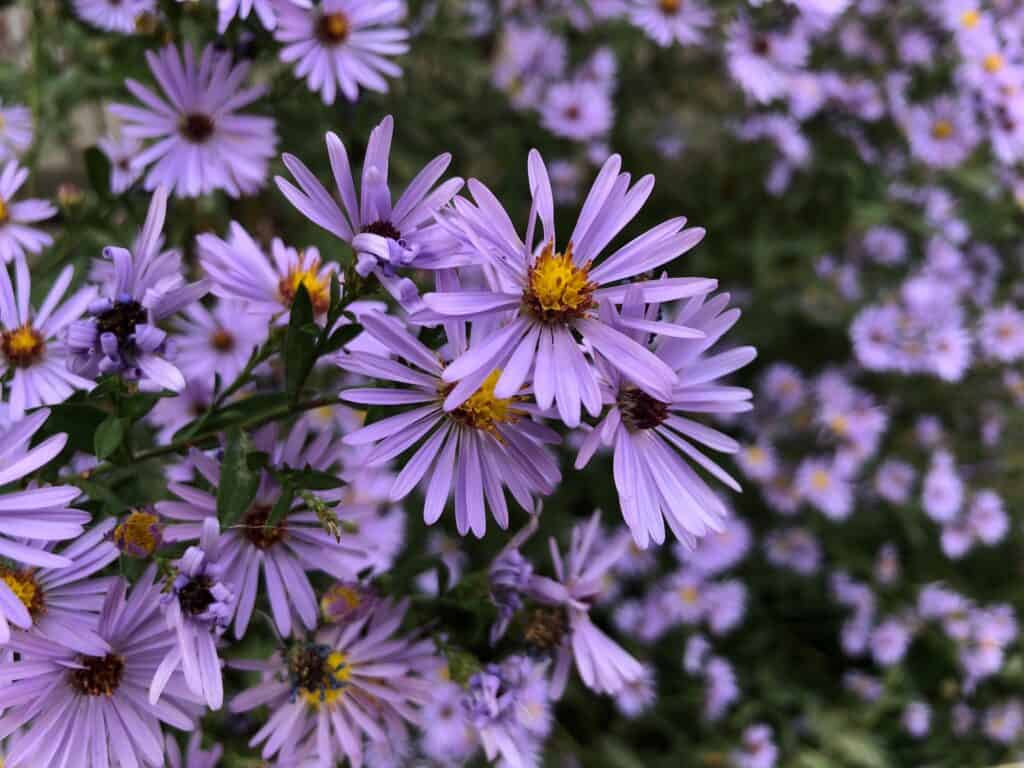 How to Grow and Care for Asters
How to Grow and Care for Asters
Asters, belonging to the Asteraceae family, are beloved by gardeners for their relative ease of cultivation. To ensure successful growth and flourishing blooms, here are some key points to consider:
Choosing the right location
Asters thrive in well-drained soil and prefer full sun exposure, although certain varieties can tolerate partial shade. It is essential to provide a location where the soil is moist, fertile, and enriched with organic matter. Adequate drainage is crucial to prevent waterlogging, which can be detrimental to the plant’s health.
Buy this beautiful Aster Bouquet on FloristOne>>>
Planting
Begin the journey of growing Asters by sowing the seeds indoors during the early spring, approximately six to eight weeks before the last expected frost. Use a seed-starting mix and maintain a warm temperature of around 70°F (21°C) to facilitate germination. Once the danger of frost has passed, transplant the seedlings into the desired outdoor location. Space the plants adequately to allow for proper air circulation, which helps prevent diseases.
Watering and Fertilization
Asters thrive when provided with regular watering, particularly during dry periods. Keeping the soil evenly moist is essential for their optimal growth. It is recommended to water deeply, allowing the water to penetrate the root zone. Applying a balanced liquid fertilizer every few weeks during the growing season will provide the necessary nutrients for vibrant blooms and healthy foliage.
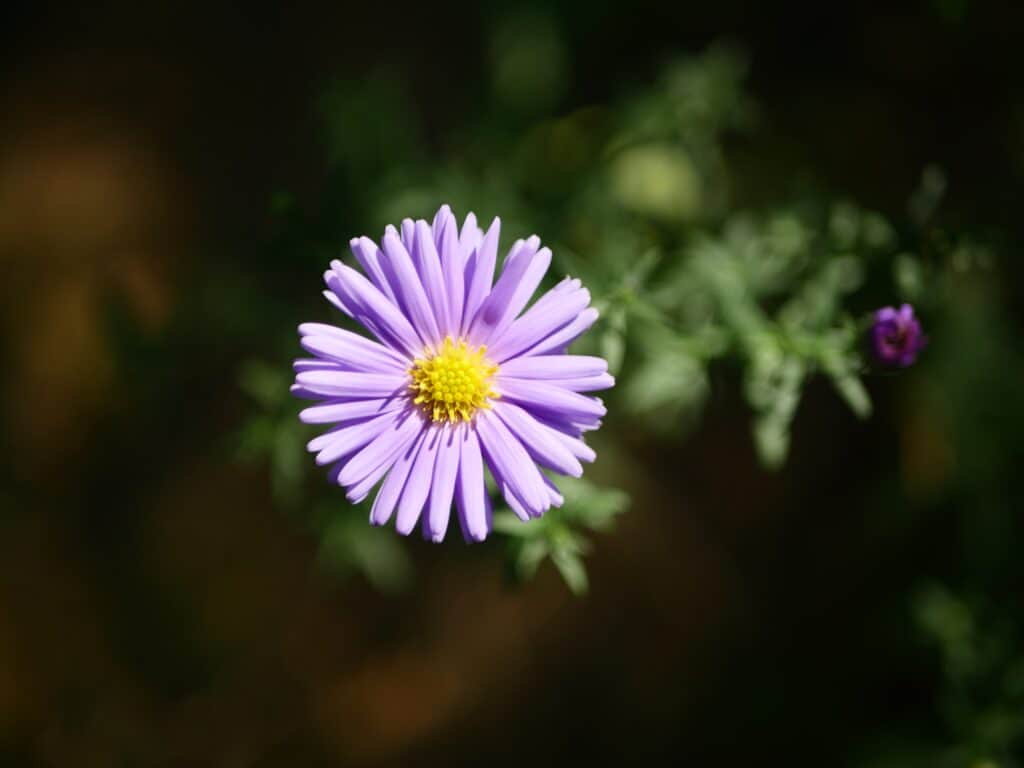 Pruning and maintenance
Pruning and maintenance
To encourage bushier growth and fuller plants, it is beneficial to pinch back young Aster plants when they reach approximately 6 inches (15 cm) in height. This practice helps promote branching and a more compact habit. Additionally, deadheading spent flowers regularly can prolong the blooming period and enhance the overall appearance of the plant. As winter approaches, cutting back the plants to a few inches above the ground in late fall will help promote healthy regrowth in the following season.
Etymology
The name “Aster” finds its origins in the Greek language, where it translates to “star.” This name perfectly captures the essence of the Aster flower, with its star-shaped form and radiant appearance. The choice of this name pays homage to the exquisite radiating petals, reminiscent of a dazzling celestial body.
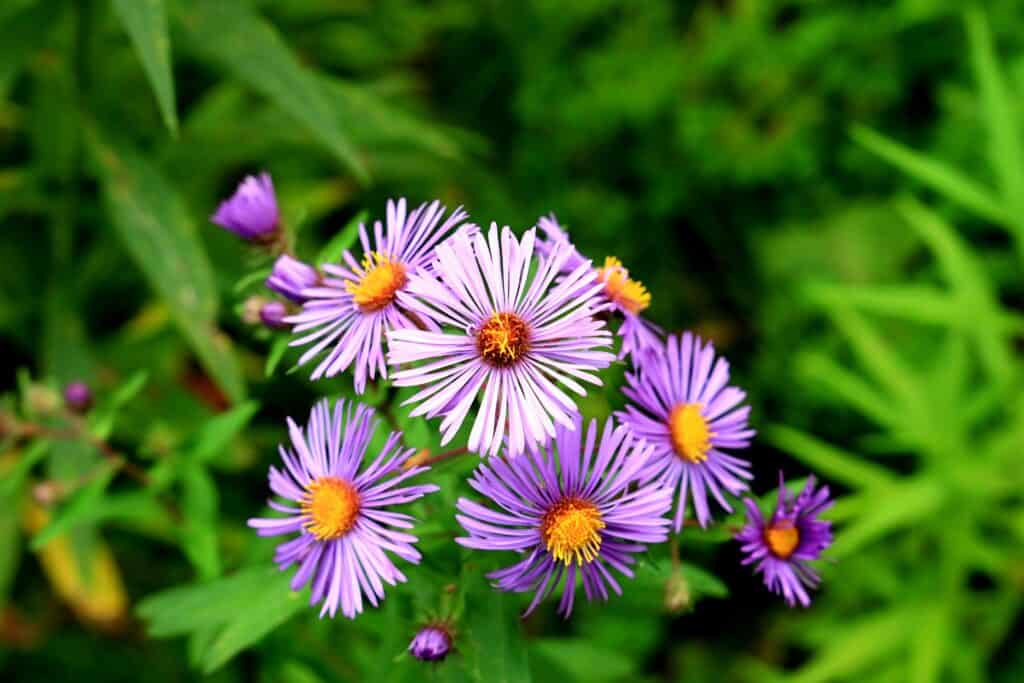 Aster Flowers Meaning and Symbolism
Aster Flowers Meaning and Symbolism
Throughout the ages, Asters have captivated the human imagination, acquiring various meanings and symbols that transcend cultural boundaries. Here, we delve deeper into their interpretations:
- Delicacy and Elegance: Asters’ graceful form and intricate petals are often seen as symbols of delicacy and elegance. Their ethereal beauty and captivating colors make them a popular choice for floral arrangements and bouquets, adding a touch of refinement and sophistication to any setting. Asters’ gentle presence can evoke a sense of grace and charm, creating an atmosphere of tranquility and beauty.
- Love and Affection: Asters are widely regarded as symbols of love and affection, making them a favored choice for conveying heartfelt emotions. Their radiant blooms are often included in wedding bouquets, symbolizing the deep affection and devotion between couples embarking on the journey of marriage. A bouquet featuring Asters can also serve as a beautiful anniversary gift, expressing enduring love and a connection that has stood the test of time.
- Patience and Wisdom: In certain cultures, Asters are associated with the virtues of patience and wisdom. These flowers have the remarkable ability to thrive in diverse conditions, from vibrant gardens to roadside wildflowers. Their resilience and adaptability serve as reminders of the importance of perseverance and introspection. Asters encourage us to navigate life’s challenges with patience, embracing the wisdom gained through experience and personal growth.
- Positive Energy and Healing: Asters are sometimes believed to possess positive energy and healing properties. In traditional herbal medicine practices, certain Aster species were used for their purported medicinal benefits. The presence of Asters in a space is thought to promote a sense of positivity and well-being. Their vibrant colors and enchanting beauty can uplift the spirit and bring a sense of joy and renewal.
- Remembrance and Farewell: In some cultures, Asters are associated with remembrance and farewell. These flowers can be found adorning gravesites or used in funeral arrangements, symbolizing everlasting love and offering comfort to those mourning the loss of a loved one. Asters represent a beautiful tribute to honor cherished memories and bid farewell to those who have departed, serving as a reminder of the enduring nature of love and the circle of life.
The meaning and symbolism of Asters vary across cultures and personal interpretations, allowing each individual to connect with these flowers in a unique and personal way. Their beauty and significance continue to inspire and touch the hearts of people worldwide, making Asters a timeless symbol of love, elegance, resilience, and the profound mysteries of life.
 History
History
The captivating history of Asters can be traced back to their origins in Eurasia, where they flourished in the wild. Ancient civilizations, such as the Greeks and Romans, were captivated by the beauty of Asters and cultivated them, recognizing their ornamental value and incorporating them into their cultural practices.
In ancient Greece, Asters were highly regarded and associated with the Greek goddess Astraea. Astraea was known as the goddess of innocence and purity, and it was believed that she wept tears that fell to Earth, transforming into the radiant Asters. This mythological connection to Astraea added a layer of symbolic significance to Asters, representing purity, innocence, and the preservation of virtue.
The Romans also admired Asters and incorporated them into their celebrations and festivals. These vibrant flowers adorned their gardens, adding splashes of color and elegance to their landscapes. The Romans appreciated the aesthetic beauty of Asters and valued them as symbols of grace and refinement.
As civilizations expanded and cultures intermingled, Asters gradually made their way to America during the 17th century. European settlers brought these cherished flowers with them, introducing them to the New World. Asters found a favorable environment in the Americas and quickly gained popularity among gardeners and flower enthusiasts.
In America, Asters became an integral part of the fall garden palette. Their vibrant blooms, which often appear in shades of purple, pink, blue, and white, perfectly complement the autumn landscape, providing a burst of color and vitality before the arrival of winter. The resilience of Asters, along with their ability to thrive in cooler temperatures, made them a popular choice for gardeners seeking to extend the blooming season and create a stunning fall display.
Over time, various cultivars and hybrids of Asters were developed, offering a wide array of flower shapes, colors, and sizes. Today, these beautiful flowers continue to enchant gardeners and flower enthusiasts worldwide, whether in traditional gardens, wildflower meadows, or floral arrangements.
The rich historical journey of Asters, from their ancient origins in Eurasia to their widespread cultivation and appreciation in different cultures, is a testament to their enduring allure and significance. These flowers have transcended time and borders, captivating the hearts of people across generations with their delicate beauty and profound symbolism.
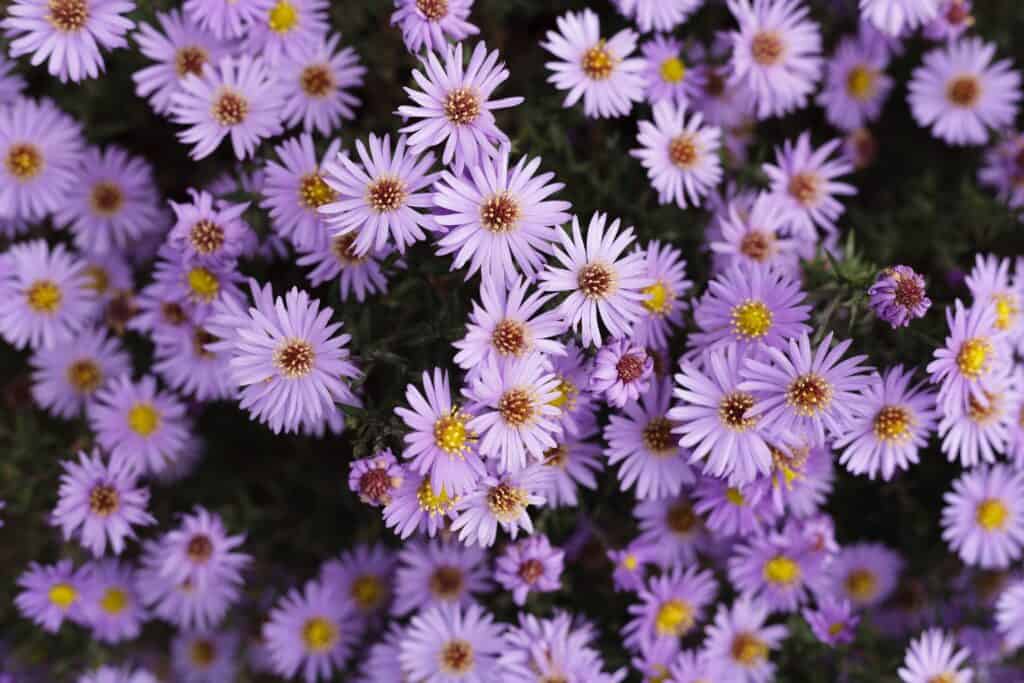 Mythology
Mythology
The mythology surrounding Asters takes us back to ancient Greece, where these enchanting flowers were believed to have a profound origin rooted in the tears of the Greek goddess Astraea. Astraea was known as the goddess of innocence and purity, representing the Golden Age of humanity when justice and virtue prevailed.
According to the myth, as the world descended into chaos and lost its innocence, Astraea, overcome with grief, wept tears that fell upon the Earth. From her tears, delicate and radiant Asters emerged, symbolizing the preservation of purity and innocence amidst a changing world. These tears of the goddess were transformed into star-like flowers with vibrant petals, representing the eternal presence of purity in a world that often succumbs to corruption.
The association of Asters with purity and innocence in Greek mythology added a layer of profound symbolism to these flowers. They became not only visually captivating but also imbued with a spiritual significance that resonated deeply with the ancient Greeks. Asters served as a reminder of the importance of preserving purity and upholding the values of the Golden Age.
The mythological connection between Asters and Astraea continued to inspire and influence the interpretation of these flowers in various cultures. They came to be seen as symbols of divine blessings, carrying the essence of Astraea’s tears and embodying her virtues. Asters were believed to bring protection and ward off evil, making them popular talismans and offerings in rituals and ceremonies.
Beyond their association with Astraea, Asters also found a place in other mythological tales. In some legends, Asters were associated with the goddess Venus (Aphrodite), the goddess of love and beauty. These flowers were believed to have sprung from the ground where Venus shed tears of love and longing, further linking Asters to the themes of affection and emotional connections.
The mythological significance of Asters continues to intrigue and inspire to this day. Their association with purity, innocence, and divine tears adds a sense of wonder and enchantment to these already captivating flowers. As we admire the delicate petals and star-like form of Asters, we can’t help but be reminded of the enduring presence of purity and the importance of cherishing the virtues that they symbolize.
Asters are not only visually stunning but also possess a profound symbolism that resonates across cultures and generations. With their effortless beauty and star-like appearance, these flowers have the power to brighten any garden or floral arrangement. Whether you choose to grow them in your own garden or present them as a heartfelt gift to a loved one, Asters will continue to enchant with their timeless charm and delicate allure. May the world of Asters grace your life with their captivating presence and inspire awe for the natural wonders that surround us.
What we love from Amazon this week
Buy these wonderful flowers directly from Amazon:






